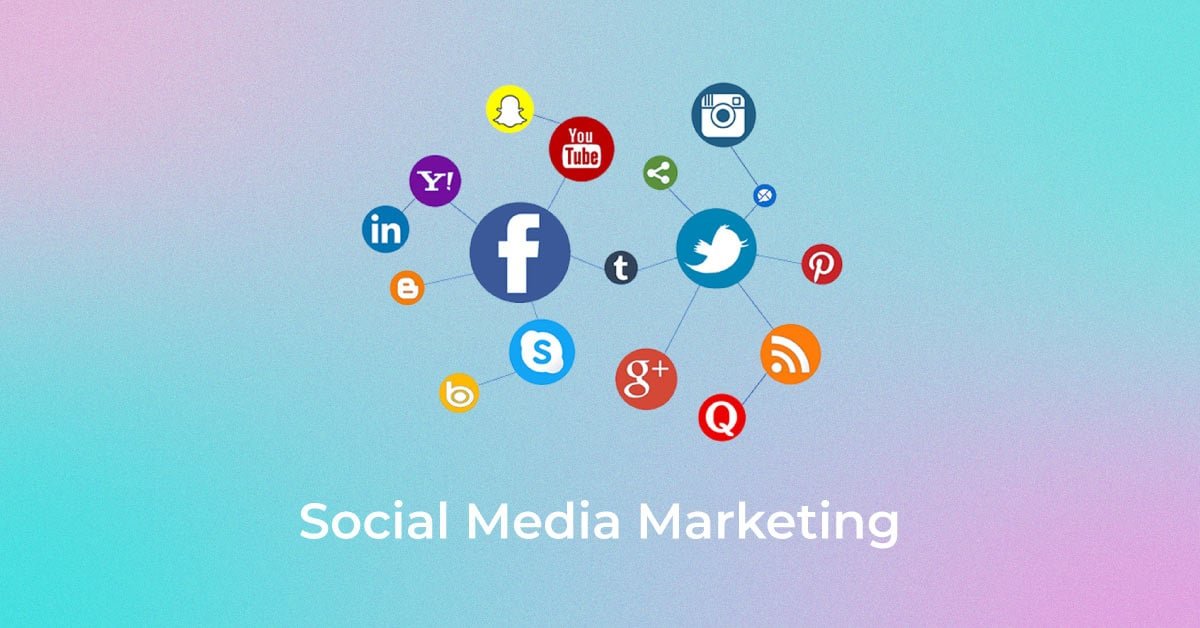Social media marketing (SMM) has become an indispensable tool for businesses aiming to establish a robust online presence and connect with their target audience. In this blog post, we’ll explore five distinct types of social media marketing strategies, each with its unique characteristics and advantages.
1. Hyperlocal Social Media Marketing: Engaging Communities Up Close
Hyperlocal social media marketing revolves around targeting specific geographic locations, aiming to connect with audiences on a local level. This strategy recognizes the importance of tailoring content to the nuances and interests of a particular community.
Key Components:
- Geotargeting: Delivering content based on users’ geographical location.
- Community-Centric Content: Crafting posts that resonate with the local culture and trends.
- Local Influencer Collaborations: Partnering with influencers rooted in the community for increased credibility.
Benefits:
- Enhanced Relevance: Tailoring content to local interests establishes a deeper connection.
- Community Building: Encourages local participation, fostering a sense of community.
- Increased Conversion Rates: Targeting audiences within proximity enhances the likelihood of converting online interactions into offline actions.
2. Influencer Marketing: Amplifying Messages through Trusted Voices
Influencer Marketing involves collaborating with individuals who hold sway over a specific audience. Brands leverage influencers’ credibility and reach to promote their products or services.
Key Components:
- Authenticity: Influencers create content that feels genuine and resonates with their followers.
- Diverse Platforms: Influencers can be found across various social media platforms, catering to specific demographics.
- Storytelling: Effective integration of brand messages into influencer storytelling for relatability.
Benefits:
- Expanded Reach: Leveraging an influencer’s audience helps brands tap into new markets and demographics.
- Credibility and Trust: Followers often trust influencers’ recommendations, enhancing product credibility.
- Engagement: Influencers foster engagement through comments, likes, and shares, amplifying the brand’s message.
3. Content Marketing: Nurturing Relationships through Valuable Content
Content Marketing involves creating and sharing valuable, relevant content to attract and engage a target audience. This strategy emphasizes building relationships by providing information and solutions.
Key Components:
- High-Quality Content: Creating informative and entertaining content that resonates with the target audience.
- Consistency: Regularly publishing content to maintain audience interest and engagement.
- SEO Integration: Optimizing content for search engines to improve discoverability.
Benefits:
- Audience Education: Providing valuable information builds trust and authority within the industry.
- Brand Loyalty: Consistent, quality content keeps audiences engaged, fostering brand loyalty.
- Increased Conversions: Informed audiences are more likely to convert into customers.
4. Paid Advertising: Targeted Promotions for Maximum Impact
Paid Advertising involves investing in sponsored content to reach a specific audience. Platforms like Facebook Ads, Instagram Ads, and Google Ads allow businesses to target users based on demographics, interests, and behavior.
Key Components:
- Targeted Ad Campaigns: Creating ads tailored to specific demographics and interests.
- Analytics and Optimization: Using data analytics to track ad performance and optimize campaigns.
- Ad Formats: Choosing between image, video, carousel, and other formats based on campaign objectives.
Benefits:
- Precise Targeting: Reaching the most relevant audience for increased conversion rates.
- Quick Results: Immediate visibility and potential for quick returns on investment.
- Scalability: Ad budgets can be adjusted based on campaign performance and business goals.
5. Social Listening: Understanding and Responding to Audience Conversations
Overview:
Social Listening involves monitoring online conversations to gain insights into audience sentiment, preferences, and trends. This strategy helps businesses adapt their approach based on real-time feedback.
Key Components:
- Monitoring Tools: Utilizing social media monitoring tools to track mentions, comments, and hashtags.
- Data Analysis: Extracting meaningful insights from the data gathered through social listening.
- Engagement Strategies: Responding to audience feedback and participating in relevant conversations.
Benefits:
- Enhanced Customer Understanding: Gaining valuable insights into customer opinions, needs, and concerns.
- Proactive Problem Solving: Addressing issues and concerns in real-time to enhance brand reputation.
- Opportunity Identification: Identifying trends and opportunities for content creation and marketing strategies.
In conclusion, the dynamic landscape of social media marketing offers a plethora of strategies, each catering to different objectives and audiences. Whether it’s building local connections through hyperlocal marketing, leveraging influencers’ impact, creating engaging content, reaching specific audiences through paid advertising, or understanding and responding to audience conversations, businesses can customize their social media approach to align with their goals and connect with their target demographic effectively.
